Web3 is often described as the future of the internet—decentralized, permissionless, and inclusive. However, this is far from realized, as the complexity of blockchain technology limits its accessibility to a niche audience. Chain signatures offer solutions, breaking down technical complexity, while maintaining blockchain’s core principles of security and decentralization.
Kain Warwick, founder of Synthetix and Infinex, while speaking on how Infinex is using chain signatures to fix crypto UX, noted, “The challenge when you need to satisfy both censorship resistance and decentralization, is that it becomes very hard to build good UX.” This trade-off has hindered mass adoption. However, through Infinex, Kain is exploring how chain signatures can enhance user accessibility without compromising blockchain’s values.
What Are Chain Signatures?
At their core, chain signatures simplify interactions within a single blockchain ecosystem. Users can authenticate and validate transactions without needing to manage multiple wallets, navigate complex protocols, or worry about inter-chain operability. By streamlining these processes, chain signatures eliminate friction while upholding decentralization and security.
Infinex: Accessibility Through Chain Signatures
Infinex, a project spearheaded by Kain Warwick, is implementing chain signatures to enhance accessibility in decentralized finance (DeFi). By integrating this technology, Infinex aims to create a user-friendly interface that allows users to seamlessly access DeFi tools without grappling with technical barriers.
For Instance, Infinex employs chain signatures to unify wallet interactions, enabling users to perform transactions and manage assets without needing deep knowledge of blockchain mechanics. This simplification reduces onboarding friction for new users and empowers a broader audience to engage with DeFi.
Impact on Web3 Accessibility
Infinex’s adoption of chain signatures shows their potential to democratize Web3. By prioritizing usability, chain signatures lower the entry barrier, allowing users from all backgrounds—not just developers or crypto enthusiasts—to access blockchain technology. This focus on accessibility is more than a convenience, it’s essential for fostering a truly decentralized ecosystem. If Web3 aims to be inclusive, its tools must cater to both seasoned users and newcomers. Chain signatures are an important step toward achieving that inclusivity.

